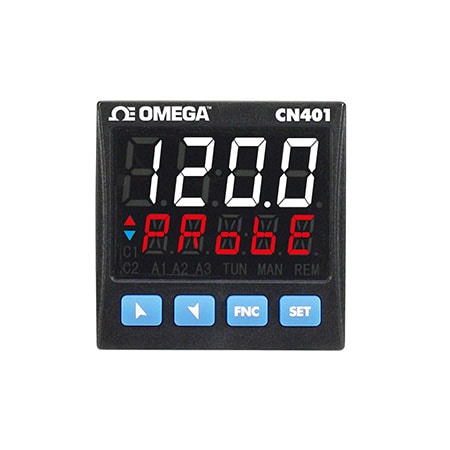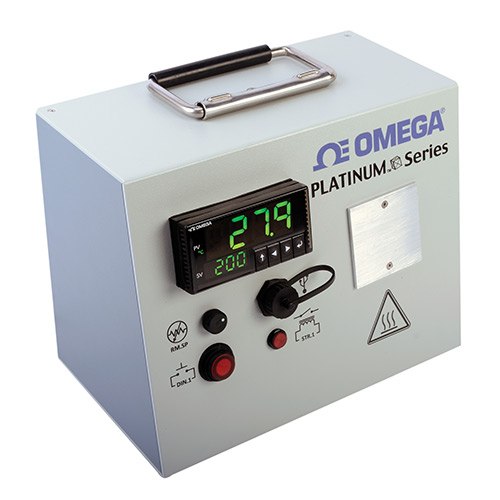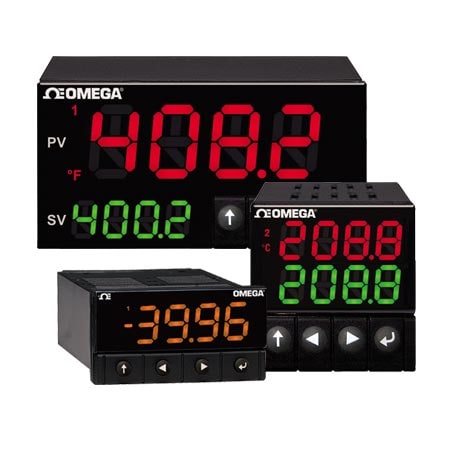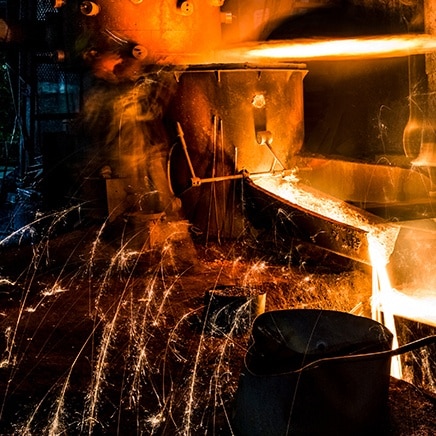Heat treatment processes exemplify the need for PID control. To ensure consistent product quality, the temperature inside an oven or furnace must be kept within narrow control parameters. Any disturbance, such as when a product is added or withdrawn or when a ramp function is applied, must be handled appropriately.
Although simple in concept, the mathematics underpinning PID control is complex. Achieving optimal performance entails selecting process-specific values for a range of interacting parameters.
Tuning
The process of finding these values is referred to as ‘tuning’. When tuned optimally, and tuning parameters are met, a PID temperature controller minimizes deviation from the set point and responds to disturbances or set point changes quickly but with minimal overshoot. Even though many controllers provide auto tune capabilities, an understanding of PID tuning will help in achieving optimal performance.PID Controller Tuning Methods
 Every process has unique characteristics, even when the equipment is essentially identical. Control variables differ: airflow around ovens will vary, ambient temperatures will alter fluid density and viscosity, and barometric pressure will change from hour to hour. The PID settings (principally the gain applied to the correction factor along with the time used in the integral and derivative calculations, termed ‘reset’ and rate’) must be selected to suit these local differences.
Every process has unique characteristics, even when the equipment is essentially identical. Control variables differ: airflow around ovens will vary, ambient temperatures will alter fluid density and viscosity, and barometric pressure will change from hour to hour. The PID settings (principally the gain applied to the correction factor along with the time used in the integral and derivative calculations, termed ‘reset’ and rate’) must be selected to suit these local differences.
In broad terms, there are three approaches to determining the optimal combination of these settings:
- Manual Tuning
- Heuristic Tuning
- Automated Methods
Manual Tuning
Often, the manual method of tuning is highly complex. However, with some knowledge – particularly about the speed with which the PID controller responds to error corrections – it is possible to achieve a rudimentary level of tuning.Manual tuning methods consist of:
Setting the reset time to its maximum value, the rate to zero, and increasing the proportional gain until the loop oscillates at a constant amplitude. Set the proportional gain to half of that value and adjust the reset time so it corrects for any offset within an acceptable period.
Increase the rate until overshoot is minimized.
Heuristic Tuning - The Ziegler-Nichols Method
 First published in 1942, Zeigler and Nichols described two methods for heuristic PID tuning. The first Ziegler-Nichols method entails measuring the lag or delay in response and then the time taken to reach the new output value. The second Ziegler-Nichols method depends on establishing a steady-state oscillation period. In both methods, these values are then entered into a table to derive values for gain, reset time, and rate.
First published in 1942, Zeigler and Nichols described two methods for heuristic PID tuning. The first Ziegler-Nichols method entails measuring the lag or delay in response and then the time taken to reach the new output value. The second Ziegler-Nichols method depends on establishing a steady-state oscillation period. In both methods, these values are then entered into a table to derive values for gain, reset time, and rate.
Ziegler-Nichols methods are not without issues. In some applications, it produces a response considered too aggressive in terms of overshoot and oscillation. Another drawback is that it can be time-consuming in processes that reacts slowly. For these reasons, some control practitioners prefer other rules such as Tyreus-Luyben or Rivera, Morari, and Skogestad.
Automated Methods
Most PID controllers sold today incorporate auto-tuning functions. Operating details vary between manufacturers, but all follow rules of automatic control where the controller “learns” how the process responds to a disturbance or change in set point and calculates appropriate PID settings.Newer and more sophisticated controllers incorporate fuzzy logic with their auto tune capabilities. This provides a way of dealing with imprecision and non-linearity in complex control situations – such as are often encountered in manufacturing and process industries – and helps with tuning optimization.
Understanding PID Tuning
PID control is used to manage many processes. Correction factors are calculated by comparing the output value to the set point and applying gains that minimize overshoot and oscillation while effecting the change as quickly as possible. PID tuning entails establishing appropriate gain values for the process being controlled.While this can be done manually or by means of control heuristics, most modern controllers provide auto tune capabilities. However, it remains important for control professionals to understand what happens after the button is pressed.


